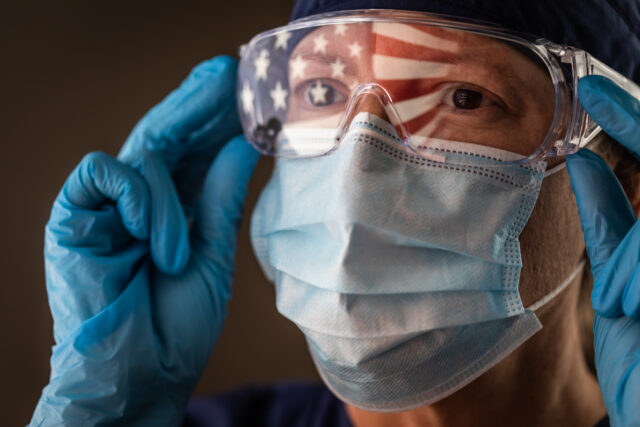The healthcare system in the United States has witnessed transformative changes in emergency preparedness over the years. From natural disasters to pandemics, the need for robust systems to mitigate, respond, and recover from health crises has never been more urgent. Below is a pointwise exploration of how healthcare facilities are preparing for future challenges.
1. Adopting an All-Hazards Approach
Healthcare facilities are increasingly adopting an all-hazards approach, which focuses on preparing for a wide range of emergencies rather than specific events. This strategy includes mitigation, preparedness, response, and recovery phases to ensure comprehensive readiness.
2. Development of Health Care Coalitions
Health care coalitions have emerged as vital networks that enhance resilience by pooling resources, expertise, and support among healthcare facilities during crises. These coalitions help manage patient surges, distribute medical countermeasures, and coordinate evacuation plans.
3. Integration of Federal Programs
Federal programs like the Hospital Preparedness Program (HPP) and Public Health Emergency Preparedness (PHEP) have aligned efforts to strengthen hospital and public health systems. These programs focus on tracking hospital beds, registering volunteer health professionals, and conducting regional exercises.
4. Emergency Management Frameworks
Healthcare facilities are implementing frameworks like the National Incident Management System (NIMS) and the Hospital Incident Command System (HICS). These systems provide scalable models for managing operations, logistics, and emergency communication.
5. Strengthening Supply Chains
The COVID-19 pandemic revealed vulnerabilities in supply chains. Facilities are now stockpiling essential equipment and supplies and establishing contingency plans to ensure uninterrupted resource availability during future crises.
6. Enhancing Communication Systems
Effective communication is critical during emergencies. Healthcare facilities are investing in interoperable systems that enable seamless coordination with local responders, government agencies, and other healthcare providers.
7. Training and Exercises
Regular training and exercises are conducted to familiarize staff with emergency protocols. These include scenario-based drills that test response plans and identify gaps for improvement.
8. Community Collaboration
Healthcare facilities are increasingly collaborating with local communities and agencies to create unified disaster response strategies. This includes joint exercises, public education campaigns, and shared resources.
9. Focus on Staff Well-Being
Emergency preparedness plans now emphasize provisions for healthcare staff and their families during crises. Ensuring their safety and mental health is crucial to maintaining operational effectiveness.
10. Leveraging Technology
The expansion of telemedicine platforms allows healthcare facilities to continue providing care remotely during emergencies. Additionally, data analytics tools are being used for real-time monitoring of threats and resource allocation.







